Hi-Fi Hall of Fame
Technology Inductee
Long Playing (LP) Record
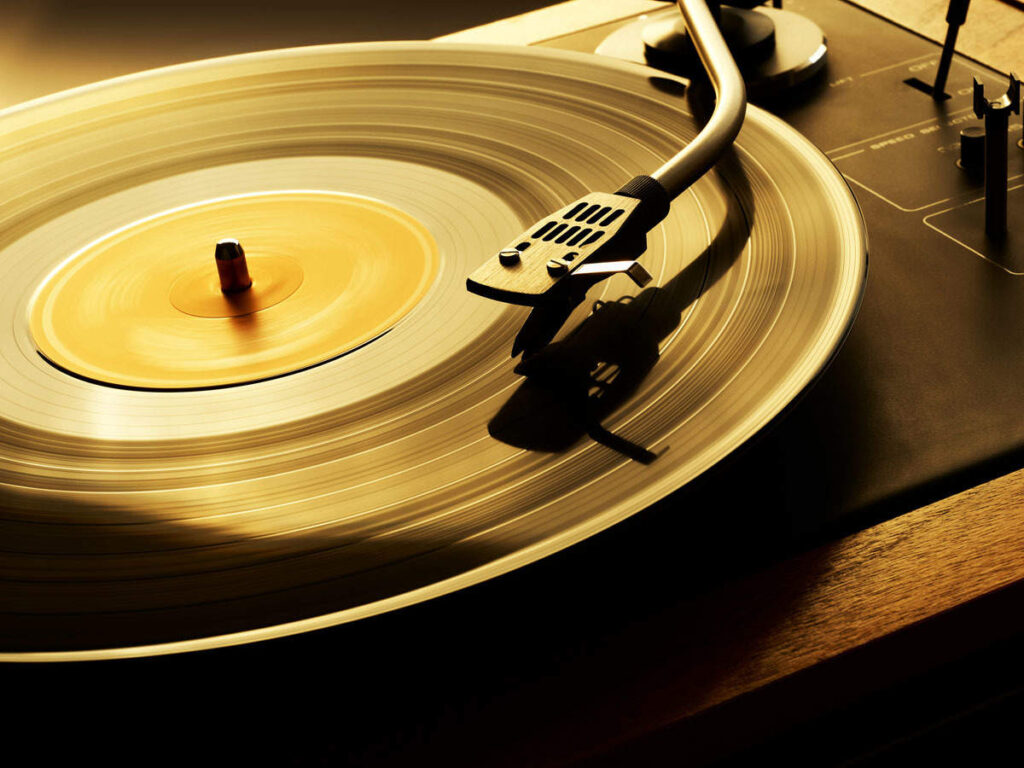
Introduction
The original “phonograph” was invented in 1877 by American inventor Thomas Edison. These early players used wax cylinders, etched with a modulated groove to store the recording. The phonograph player spun the cylinder while a stylus (or needle) traced the groove to detect and reproduce the music. The sound was amplified by a horn so that the listener could hear the recording.
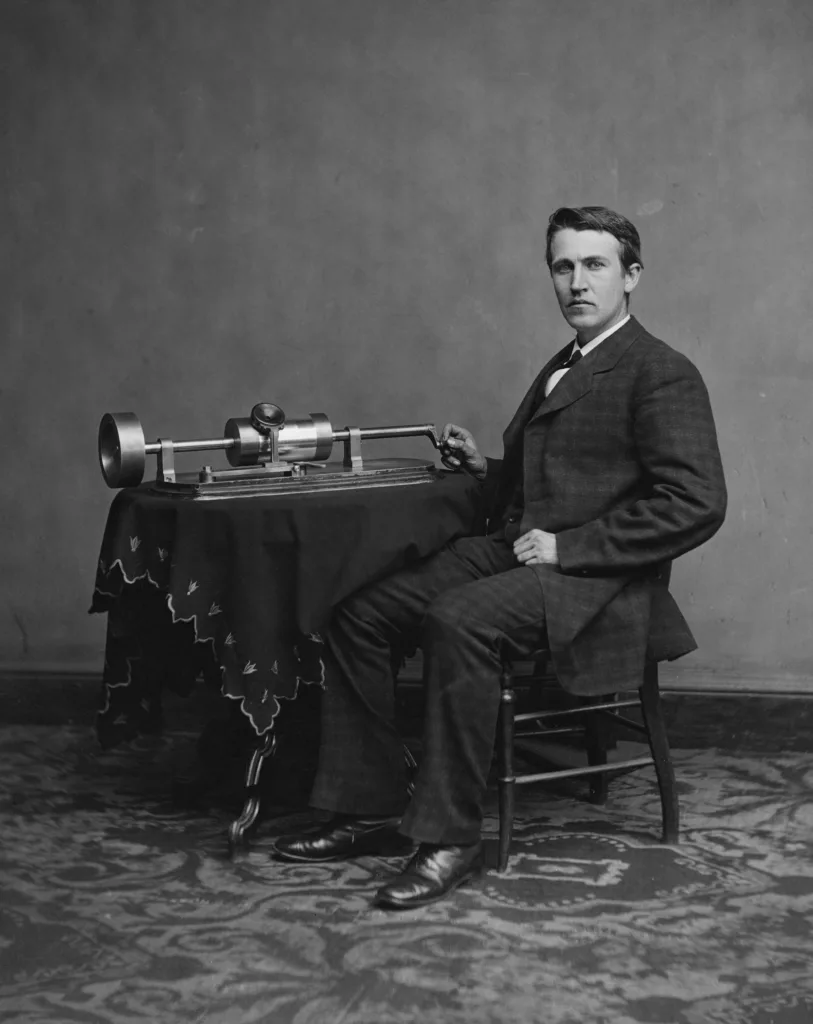

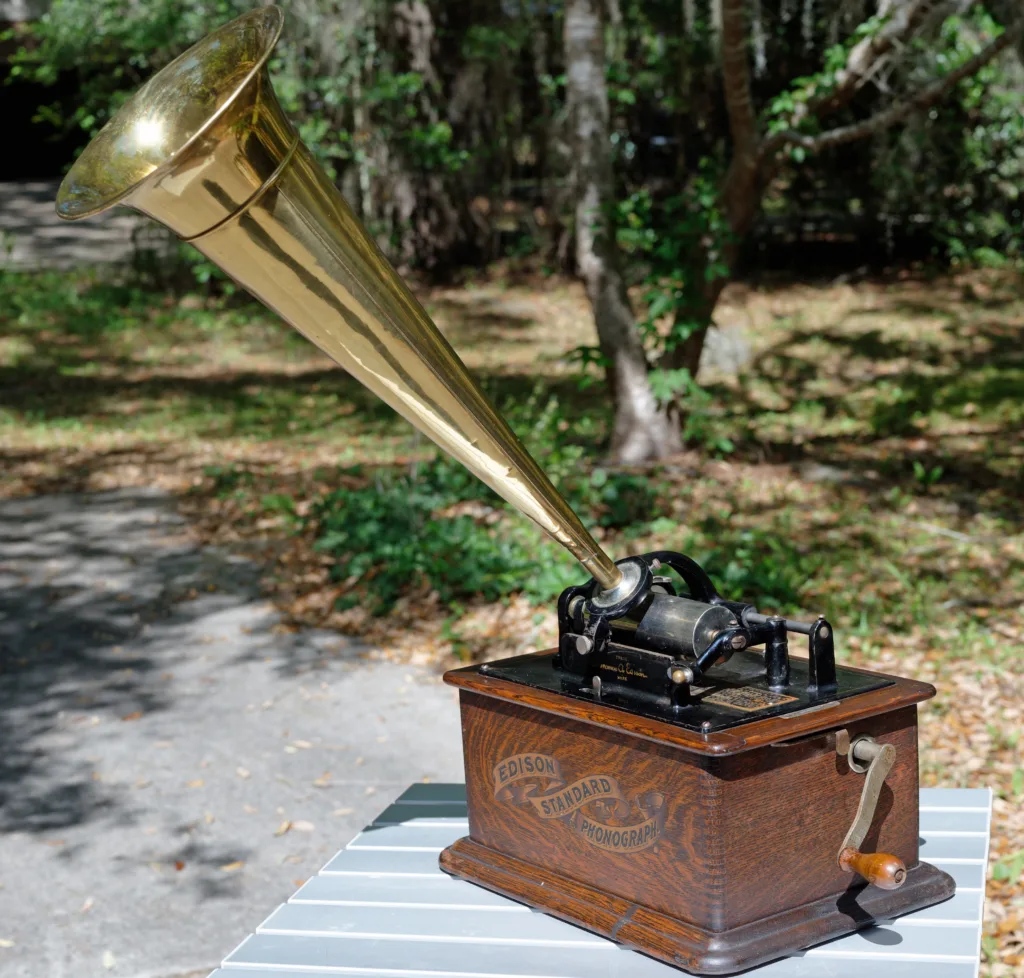
In the 1890s, Emile Berliner developed a superior player which used a flat disc instead of a cylinder. The disc was etched with a spiral groove running from the periphery to near the center, and the “record” was born. By the early 1900’s, phonographs such as the Victor “V” were popular with the public. These early records spun at 78 revolutions per minute (78 rpm) and were made of a hard, brittle material called “shellac”. They were quite noisy, and the playing time was limited to about 5 minutes per side.
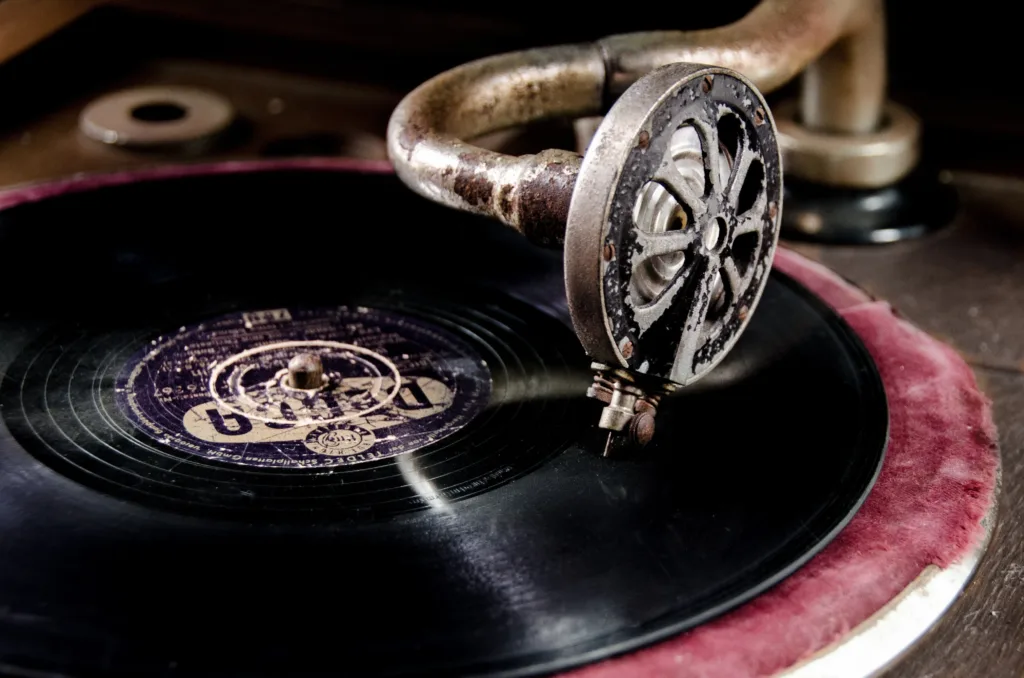
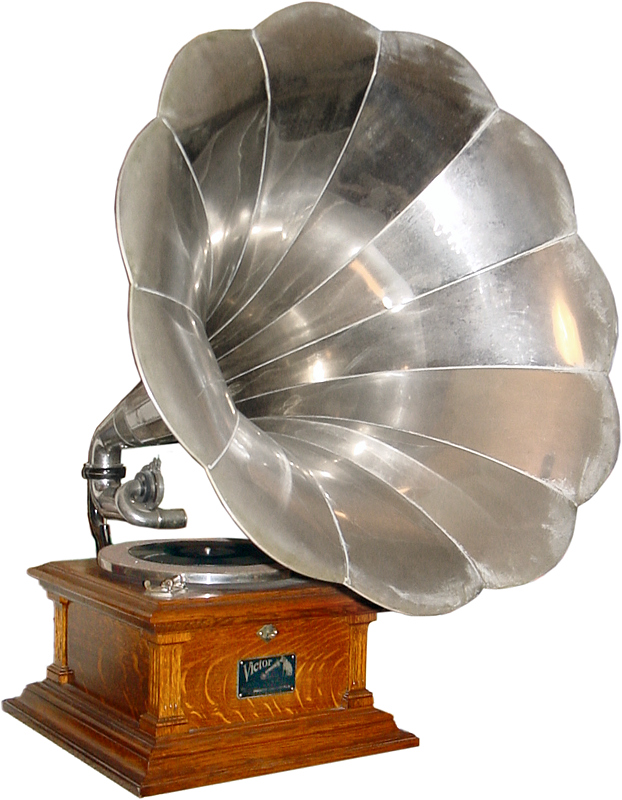
In 1931, RCA Victor launched the first vinyl long playing (LP) record for the mainstream market. These revolutionary discs were designed for playback at 33 1⁄3 rpm and pressed on a 12 inch (30 cm) diameter vinyl disc. Although a technical success, the product was a commercial failure for several reasons including the lack of affordable, consumer playback equipment and consumer rejection during the Great Depression.
Columbia Records introduced their version of the LP to the public in 1948. Columbia’s LP used a “microgroove” which allowed for longer playing time, so that each side of an LP could hold up to 22 minutes of music. This new format was very popular with the public, and by the 1950s and 1960s, the LP became the preferred format for popular music. Many artists released albums that were carefully curated and sequenced to create a cohesive listening experience. The LP also allowed for the development of stereo sound, which added depth and dimension to recorded music.
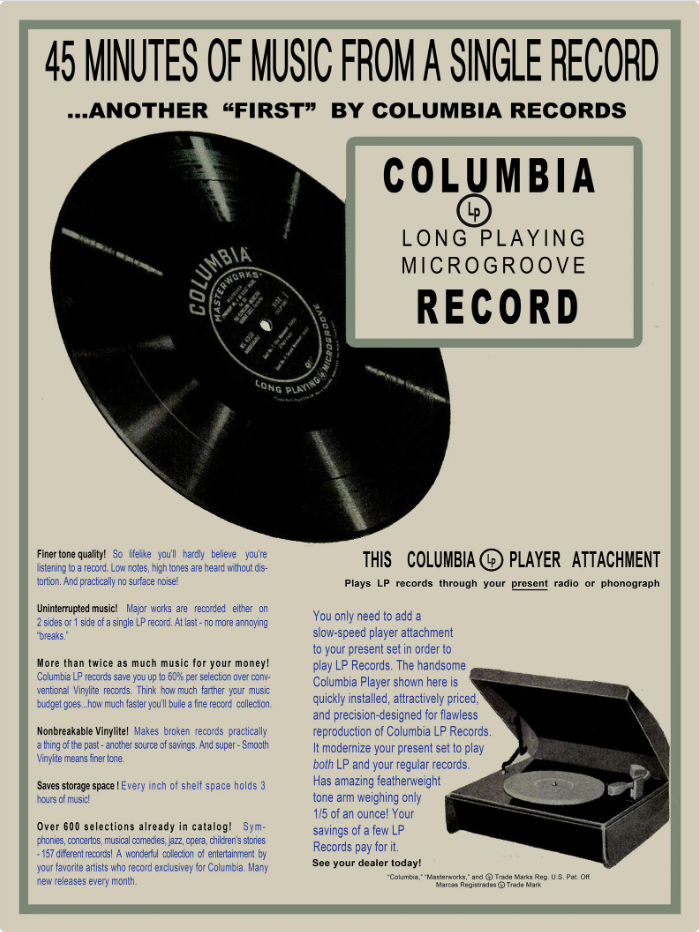
In the 1970s, the introduction of cassette tapes, and then in the 1980s, compact discs (CDs), threatened to make the LP obsolete, but it remained popular with audiophiles and collectors. In recent years, the LP has experienced a resurgence in popularity, with many younger music fans embracing the format for its warm, rich sound and tangible, physical presence.
Key Facts
| Technology | Long Playing (LP) Record |
| Developer | Columbia Records |
| Key Technologies | Analog audio 33⅓ RPM speed Vinyl composition Microgroove |
| Launched | 1948 |
| Inducted into the Hi-Fi Hall of Fame | April 2023 |
Technologies
The LP record introduced several significant technological advances over the existing 78 rpm record.
First, the disc itself was made of vinyl, which was smoother, softer, and more flexible than the old shellac. This meant that there was last audible scratching and background noise, and that the stylus would last longer.
Second, the LP spun at 33 1⁄3 rpm rather than 78 rpm, and employed a much smaller groove, which meant that the record could hold up to 22 minutes of music per side, compared to about 5 minutes per side for the 78.
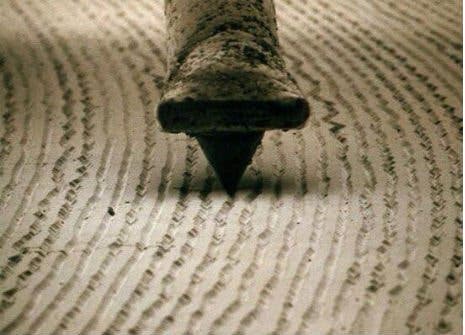
The first LP records were monaural (often called “mono”), containing just a single channel. By the 1950s, engineers had developed stereophonic (“stereo”) technology, which allowed two channels of music to be recorded and played back. Stereo sound had a satisfying, wide soundstage compared to mono, and consumers quickly embraced stereo sound. Stereo versions of record players, FM radio, and tape recorders were soon popular.


Another significant technology was the adoption of standardized “RIAA equalization” in 1954. Equalization is used to reduce the size of the record groove and to improve the sound quality by emphasizing high frequencies during recording and then ed-emphasizing them during playback. The industry adopted the Recording Industry Association of America standard which meant that all records and hi-fi systems could be manufactured to a single, uniform equalization curve.
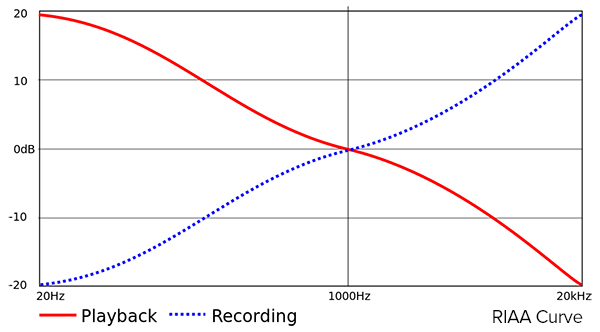
Engineers developed “quadraphonic” technology in the 1970s, which supported four audio channels. The idea was to create a “surround sound” effect, but consumers did not embrace “quad”, and the technology soon disappeared.
There were many technological advances in LP record players, and these also contributed to the great success of the LP record. Automatic record changers allowed the listener to stack a bunch of records and listen to hours of uninterrupted music. High quality turntables employing belt driven or direct drive motors helped to reduce the speed variations (called “wow and flutter”) and the low frequency vibrations (called “rumble”) that could sometimes impair the sound. Linear tracking tonearms were used to keep the cartridge and stylus aligned with the record groove.
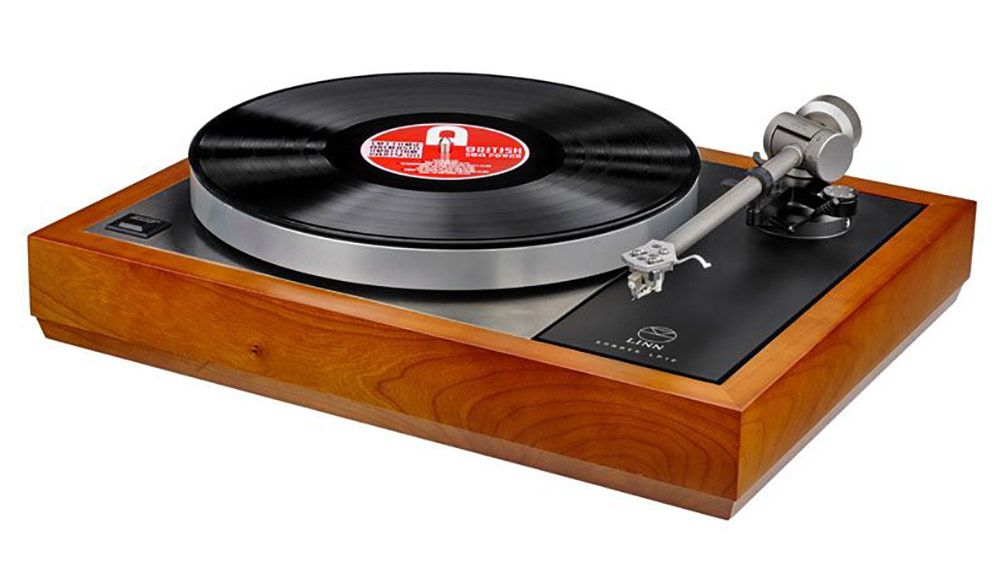
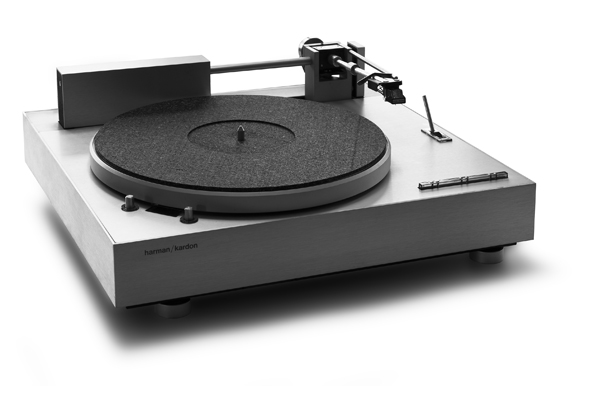
The phono cartridge, which holds the stylus and converts the mechanical movement to electrical energy, advanced significantly, with novel designs and enhanced stylus shapes for better sound quality. High quality record cleaners were introduced which were used to clean the record to reduce the “snap, crackle, and pop” sound.

Performance
Technically, the LP record performed much better than the 78 rpm record that it replaced. The sound quality was great: capable of producing high quality sound when played on a well-maintained turntable with a good quality stylus and sound system. Vinyl records are capable of capturing a wide frequency range, typically from 20 Hz to 20,000 Hz, which covers the entire range of human hearing. LP records can reproduce rich and warm tones with nuances and details that can be appreciated by audiophiles and music enthusiasts.
The major shortcoming was that LP records are susceptible to various types of noise and distortion due to their analog nature. Surface noise, including crackles, pops, and hisses, can be present on vinyl records, particularly if they are not properly cleaned or maintained. However, with proper handling, cleaning, and playback equipment, the impact of noise and distortion can be minimized.
LP records provide a unique aesthetic and tactile experience compared to digital sources such as Compact Discs or streaming services. People love the large album covers, artwork, liner notes, and physical interaction with the medium. Flipping the record, placing the needle, and engaging with physical album are all part of the experiential aspect of listening to LP records.
Commercially, the LP has performed spectacularly. Records have been selling by the millions every year since their introduction more than 70 years ago…..how many products can make that claim? Even with the advent of digital media, portable audio, and streaming services, vinyl LP records are still an important medium for hi-fi enthusiasts.
Impact
The LP has had a significant impact on many aspects of music, culture, and technology.
LP records revolutionized the way people listen to music. The larger size of LP records allowed for longer playtime, typically up to 30 minutes or more per side, compared to earlier formats such as 78 RPM records. This enabled artists to create longer and more complex musical compositions, and listeners could enjoy extended albums with a continuous flow of music. The tactile experience of handling vinyl records, with their album covers and large artwork, added to the overall aesthetic and sensory experience of listening to music.

LP records became the dominant format for music distribution in the mid-20th century, and they played a crucial role in the growth of the music industry. Record labels used LP records as the primary format for releasing albums, and they became the standard medium for retail sales of music. LP records were also used for promotional purposes, such as radio station giveaways and as DJ tools for mixing and remixing music. The wide availability and popularity of LP records helped to popularize various genres of music, including rock, pop, jazz, classical, and many others.

LP records played a significant role in shaping popular culture and music fandom. They facilitated the rise of the concept of the “album” as a cohesive artistic statement, rather than just a collection of singles. LP records also became a form of self-expression, with album covers serving as canvases for artistic designs, band logos, and other visual representations of music and identity. Vinyl records also fostered a sense of community among music fans, who would gather at record stores, swap and trade records, and discuss music and artists.
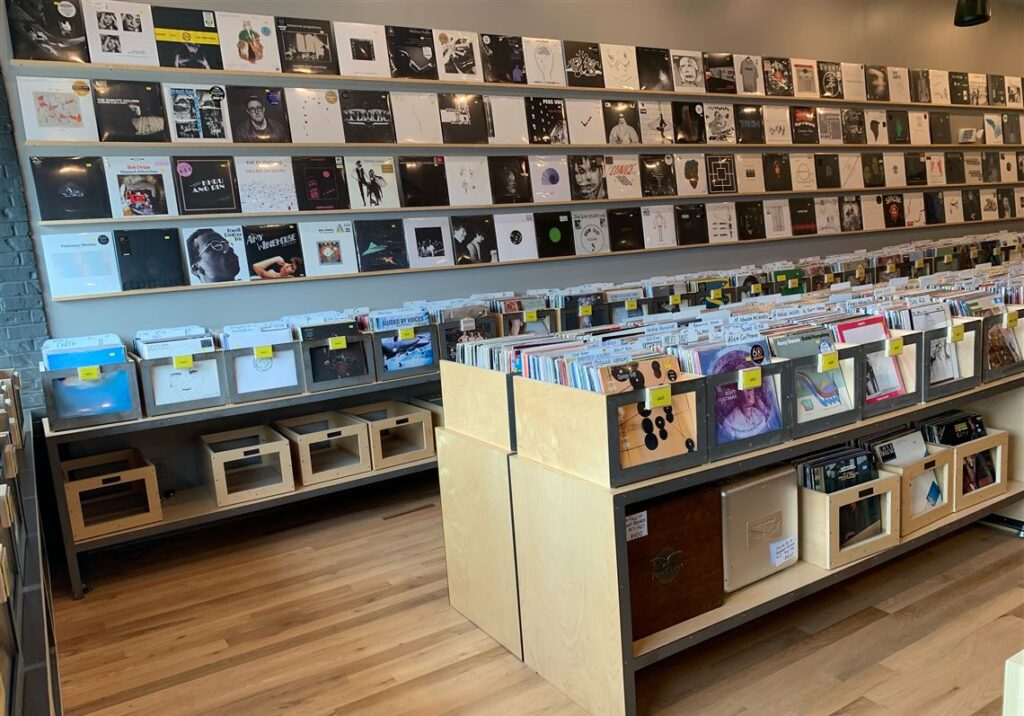
The development of LP records spurred many innovations in audio technology. LP records required advances in vinyl pressing, mastering, and playback technology to achieve high-quality sound reproduction. The development of stereo LP records in the 1950s also paved the way for advancements in stereo audio recording and playback technology. The LP format also influenced the design of turntables and audio equipment, with many manufacturers producing specialized equipment for vinyl playback.
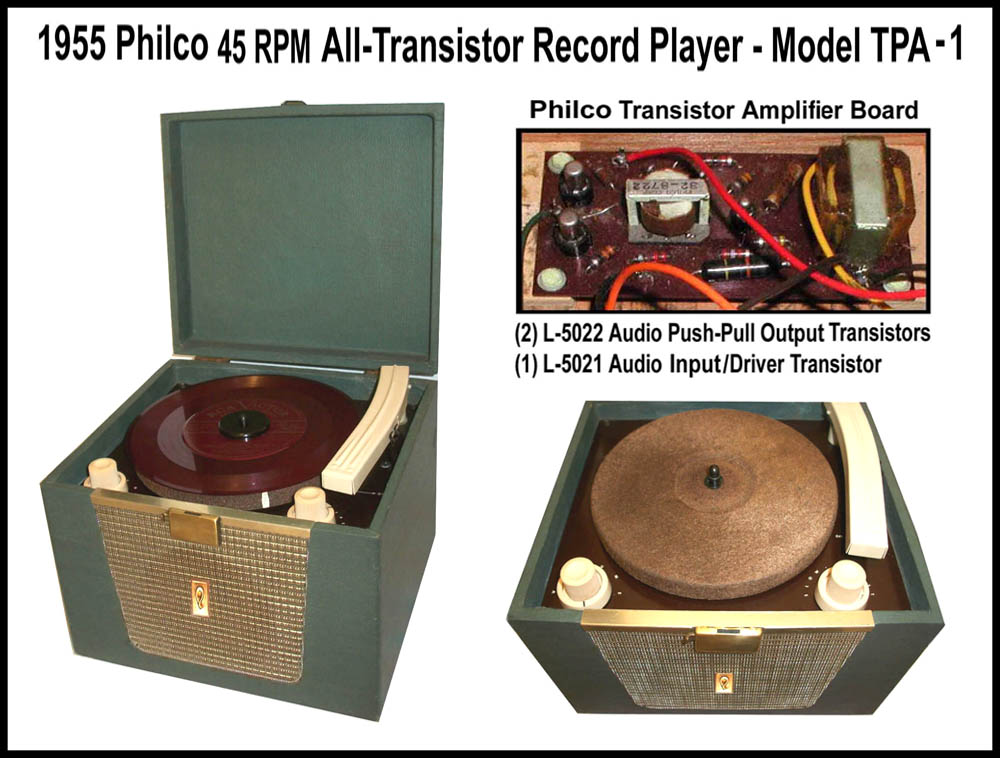
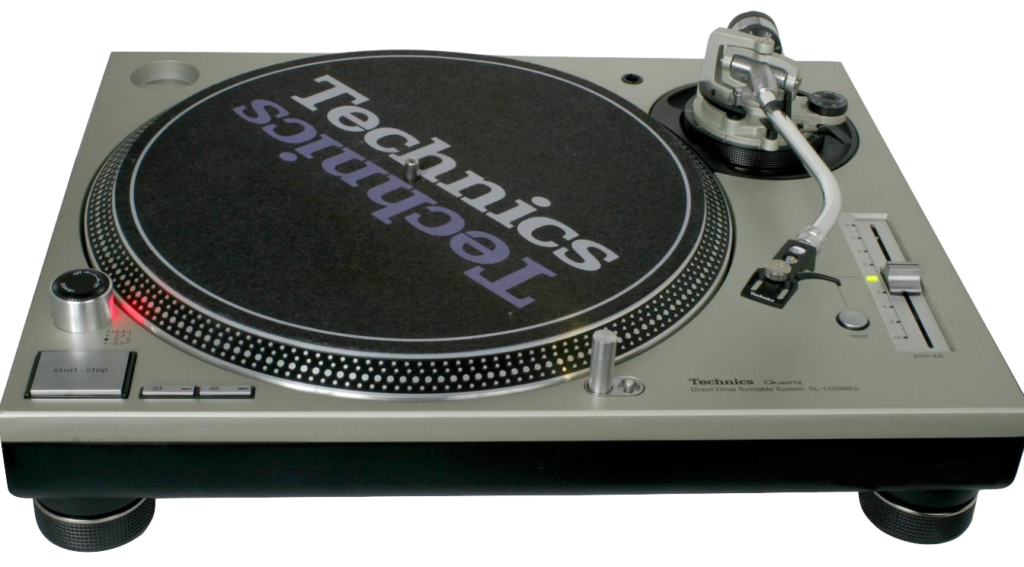
Although LP records faced decline in the late 20th century with the rise of digital formats such as CDs and streaming, they have experienced a resurgence in recent years. Vinyl records have become popular among collectors, music enthusiasts, and younger generations, who appreciate the tactile and nostalgic experience of vinyl records. Many artists and record labels have also released new music and reissued classic albums on vinyl, catering to the growing demand for vinyl records.
Overall, the LP record has had a significant impact on music, culture, and technology, shaping the way music is created, distributed, and consumed, and leaving a lasting legacy in the world of music and entertainment.
Induction to the Hi-Fi Hall of Fame
The Long Playing (LP) record has been an essential part of “Hi-Fi” for many years, changed the culture, and is still going strong! For all of these reasons, the LP is inducted into the Hi-Fi Hall of Fame.